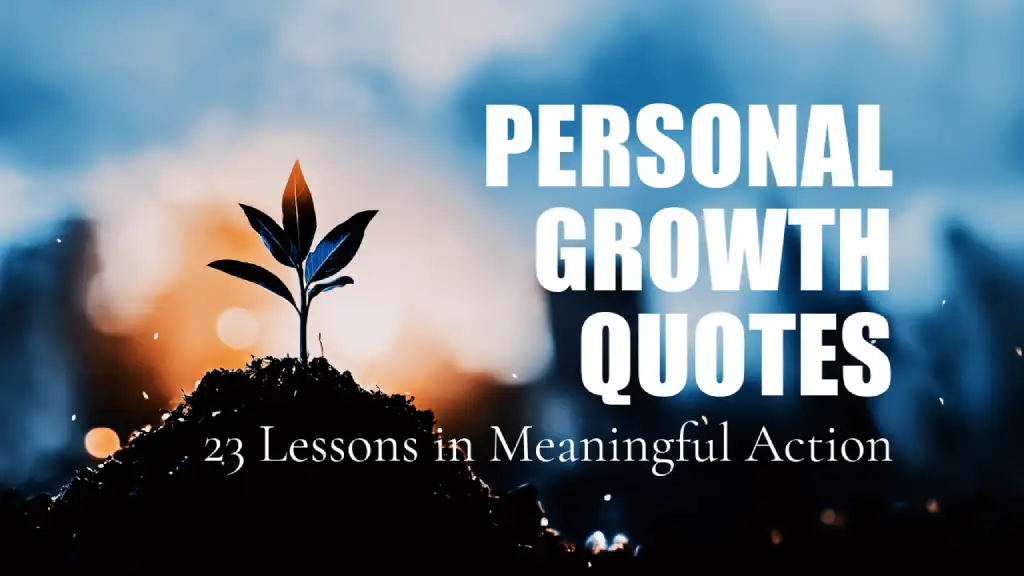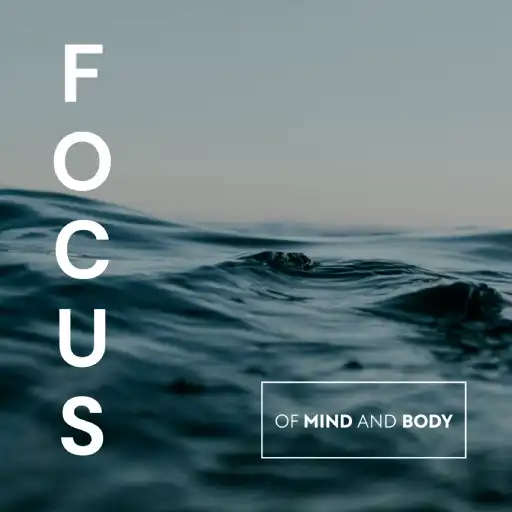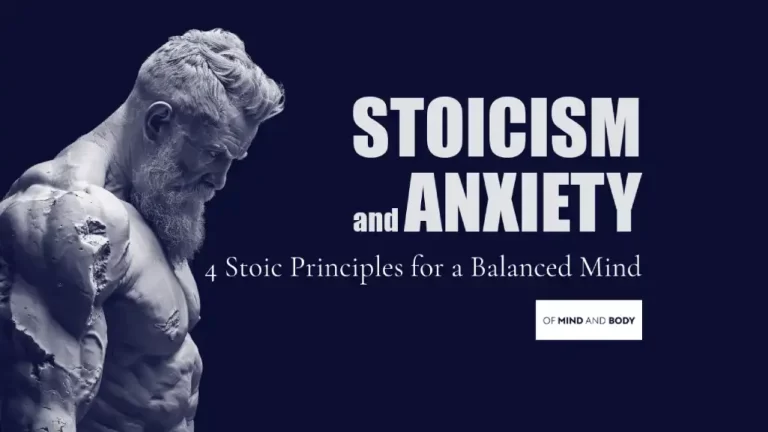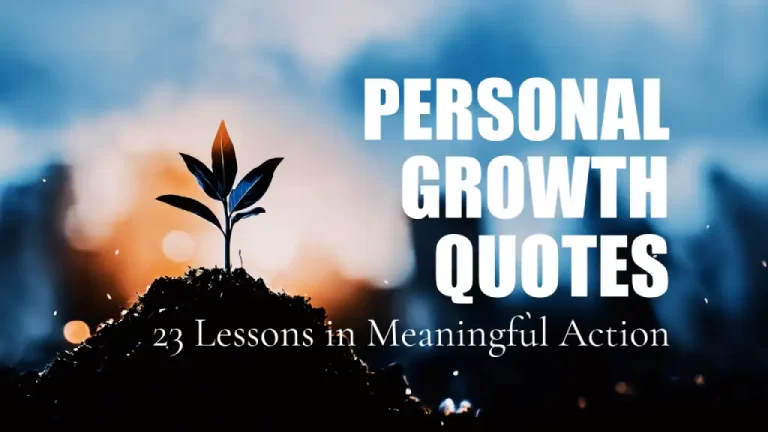As we continue our exploration of Stoicism, we now turn to the practical side of this philosophy. Stoicism is not just a set of abstract principles—it’s a way of life. In this post, we’ll introduce some basic Stoic exercises and techniques that beginners can start practising.

The Dichotomy of Control
The dichotomy of control is a fundamental Stoic principle. It teaches us to distinguish between what we can control—our thoughts, beliefs, and actions—and what we can’t—everything else. By focusing on what we can control, we can reduce stress, enhance our effectiveness, and achieve inner peace.
Exercise
Throughout the day, whenever you feel stressed or frustrated, ask yourself: “Is this something I can control?” If it’s not, let it go. If it is, decide what action you can take and focus on that.
Premeditation of Evils (Praemeditatio Malorum)
The premeditation of evils is a Stoic technique that involves anticipating potential problems and preparing ourselves to handle them. This practice can reduce anxiety, enhance resilience, and help us navigate life’s challenges with grace and equanimity.
Exercise
Each morning, take a few minutes to anticipate the challenges you might face during the day. Visualise yourself handling these challenges with calmness and wisdom.
The View from Above

The view from above is a Stoic technique that involves visualising ourselves from a great height, gaining a broader perspective on our problems. This practice can help us see our problems as small and manageable, reducing stress and enhancing our problem-solving abilities.
Exercise
Whenever you feel overwhelmed by a problem, take a few minutes to practise the view from above. Visualise yourself from a great height, seeing your problem as a small part of the vast world.
Daily Reflection
Daily reflection is a key Stoic practice. It involves reviewing our actions at the end of the day, examining whether they aligned with our values and principles. This practice can enhance our self-awareness, promote personal growth, and guide us towards a more virtuous life.
Exercise
Each evening, take a few minutes to reflect on your actions during the day. Did they align with your values and principles? What can you learn from your experiences? What can you do better tomorrow?
Conclusion
These are just a few of the many Stoic exercises and techniques that can enhance our wellbeing, improve our relationships, and lead to greater success and fulfilment. As we continue our exploration of Stoicism, we’ll delve into more advanced Stoic techniques and exercises.
I trust this primer on Stoic exercises has equipped you with some handy tools to kickstart your Stoic journey. But as we venture further, let’s not forget, Stoicism isn’t just a treasure trove of wisdom to be admired—it’s a way of life to be embraced. So, let’s not just learn about Stoicism, let’s live it, embodying the wisdom of these philosophers in every step we take.













2 responses